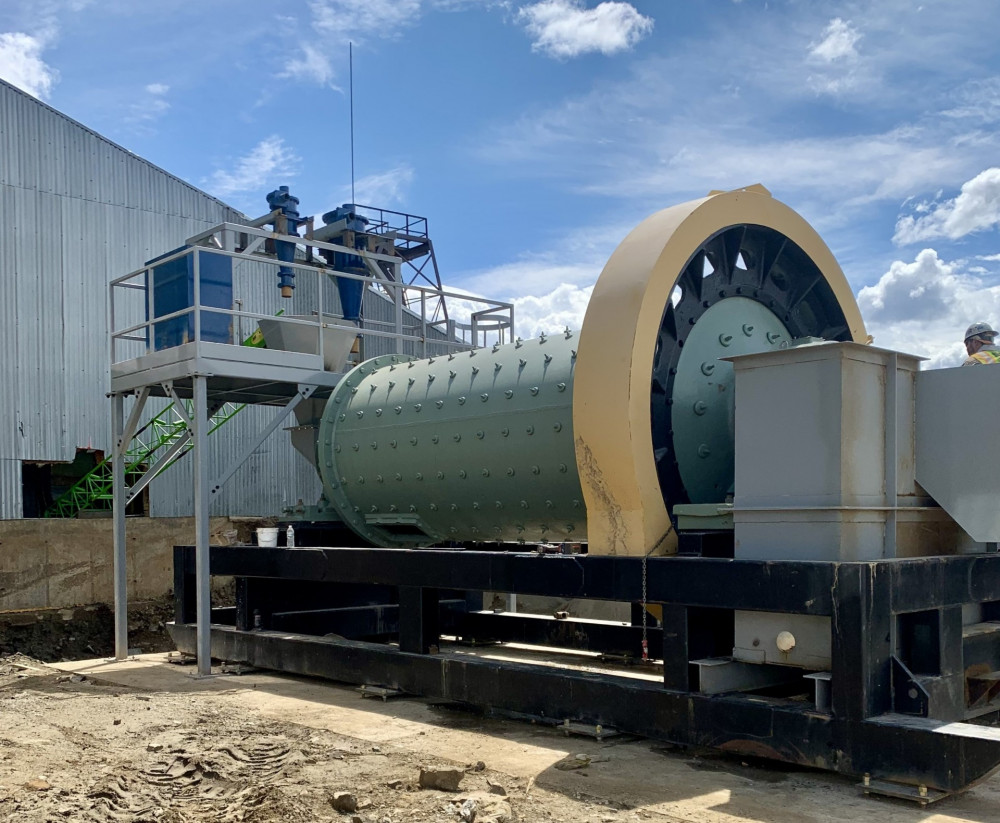Explore Industrial Magnets: Guide, Types, Features, and Key Insights
Industrial magnets are powerful tools widely used in manufacturing, construction, electronics, automotive, renewable energy, and recycling industries. They are designed to generate magnetic fields that help in lifting, separating, sorting, holding, and processing materials. Unlike everyday fridge magnets, industrial magnets are engineered with high precision to handle heavy-duty tasks.
The use of magnets in industry dates back to the early 20th century, but with the rise of advanced materials like rare-earth elements, their efficiency has grown significantly. Today, they are essential for ensuring smooth production, reducing waste, and maintaining safety in industrial processes.
Importance
Industrial magnets matter because they solve practical challenges across different sectors:
-
Manufacturing efficiency – magnets speed up production by automating material handling.
-
Safety improvements – used in separators to remove metallic contaminants from food, medicine, and chemicals.
-
Sustainability – support recycling industries by separating ferrous and non-ferrous metals.
-
Energy applications – play a role in wind turbines, electric vehicles, and power generation equipment.
Industries that rely heavily on magnets include:
-
Automotive (engine components, sensors, EV motors)
-
Aerospace (navigation systems, actuators)
-
Healthcare (MRI machines, diagnostic devices)
-
Electronics (hard drives, speakers, semiconductors)
-
Construction (lifting magnets for steel beams)
Without industrial magnets, modern production lines and quality control processes would face significant delays, inefficiencies, and safety risks.
Recent Updates
The global magnet industry has seen rapid growth due to technological advancements and renewable energy adoption. Some notable updates:
-
2024–2025: Surge in demand for rare-earth magnets – Especially neodymium-iron-boron (NdFeB) magnets, driven by the electric vehicle and wind turbine industries.
-
Magnetic recycling solutions (2024): Innovations in magnetic separators are improving recovery of valuable metals from e-waste.
-
Sustainability focus: Companies are investing in magnet recycling to reduce dependency on rare-earth mining, which has environmental challenges.
-
Smart magnets trend (2025): Integration of sensors with magnetic systems for real-time performance monitoring in factories.
According to a 2024 market report, the industrial magnet market is expected to grow steadily at around 7–8% CAGR through 2030, reflecting their expanding role in global industries.
Laws or Policies
Government policies and international regulations directly influence industrial magnet use:
-
Environmental regulations: Stricter guidelines in the EU, US, and India require magnets in recycling plants to remove hazardous metallic waste.
-
Mining restrictions: Countries like China (a major rare-earth supplier) have imposed export limits, affecting magnet prices and supply chains.
-
Green energy policies: Incentives for EVs and wind power are increasing demand for high-performance magnets, particularly in North America and Europe.
-
Safety standards: The International Electrotechnical Commission (IEC) and national bodies provide standards for safe magnet usage in industries to prevent accidents.
Companies working with magnets must comply with safety handling, storage, and environmental disposal rules to ensure regulatory alignment.
Types of Industrial Magnets
Industrial magnets come in several types, each with unique properties and applications:
| Magnet Type | Material Composition | Key Features | Applications |
|---|---|---|---|
| Neodymium (NdFeB) | Rare-earth elements | Strongest permanent magnet | EV motors, electronics, medical devices |
| Samarium-Cobalt (SmCo) | Rare-earth alloy | High temperature resistance | Aerospace, defense, marine equipment |
| Alnico | Aluminum, nickel, cobalt | Durable, high magnetic stability | Sensors, electric motors, instruments |
| Ceramic (Ferrite) | Iron oxide, strontium | Affordable, corrosion-resistant | Loudspeakers, magnetic separators |
| Electromagnets | Copper coil + power source | Adjustable strength | Lifting, scrap yards, cranes |
Each type offers different advantages depending on the industry’s requirements, from high strength to cost-effectiveness and resistance to extreme conditions.
Features and Benefits of Industrial Magnets
-
Durability – withstand harsh industrial environments.
-
High magnetic strength – capable of lifting heavy loads or removing micro contaminants.
-
Customizable design – magnets can be shaped for specific industrial machinery.
-
Energy efficiency – permanent magnets reduce energy needs in motors.
-
Scalability – available for both small electronic components and large industrial machinery.
Limitations include:
-
Dependence on rare-earth materials, which are costly and limited.
-
Sensitivity to extreme temperatures (in some magnet types).
-
Risk of demagnetization over time if not properly maintained.
Tools and Resources
For industries and engineers seeking help with magnet-related applications, the following resources are valuable:
-
Magnet Design Calculators – available on engineering websites to calculate magnetic field strength and flux density.
-
Material Data Sheets – provided by magnet manufacturers to understand temperature tolerance, strength, and durability.
-
Industry Associations – such as the International Magnetics Association (IMA) for guidelines and research.
-
Simulation Software – tools like COMSOL Multiphysics for designing magnetic circuits.
-
Educational Resources – IEEE Magnetics Society publications and research papers.
FAQs
What is the strongest type of industrial magnet?
Neodymium magnets are considered the strongest permanent magnets currently available, widely used in EV motors and electronics.
How long do industrial magnets last?
Most permanent magnets can retain their magnetic strength for decades if stored and used under proper conditions.
Can industrial magnets lose their power?
Yes, magnets can weaken due to high heat, strong opposing magnetic fields, or physical damage, though the decline is often gradual.
Why are rare-earth magnets so important?
Rare-earth magnets like NdFeB are much stronger and more compact than traditional magnets, making them essential for modern technology, from smartphones to renewable energy.
Are industrial magnets recyclable?
Yes, advanced recycling processes allow recovery of rare-earth materials, helping reduce dependency on mining and supporting sustainability goals.
Conclusion
Industrial magnets play a vital role in powering modern industries, from manufacturing and recycling to renewable energy and healthcare. With continuous innovation, stricter environmental policies, and growing demand for efficient technology, magnets are becoming more advanced and sustainable.
Understanding their types, features, applications, and regulations helps businesses and engineers make informed choices. As industries move toward greener and smarter solutions, industrial magnets will remain at the center of technological progress.




